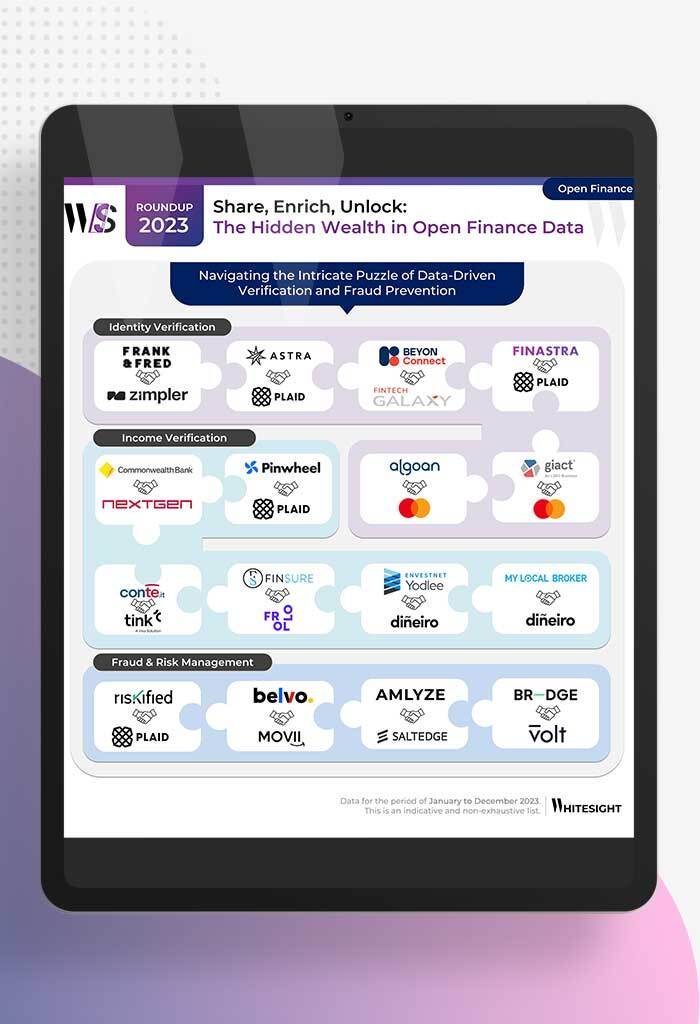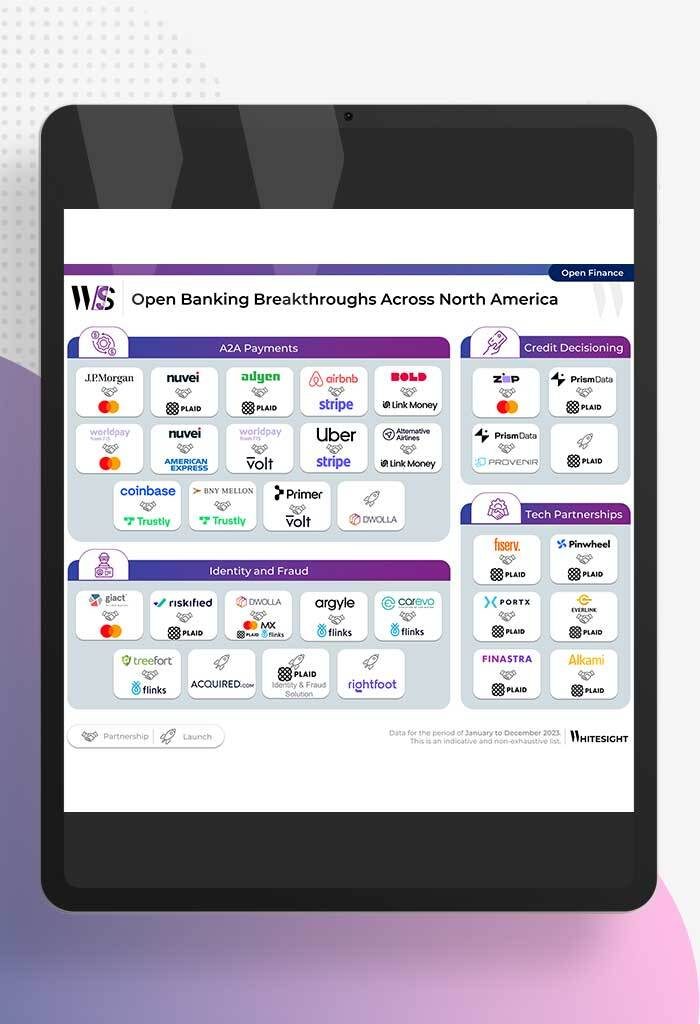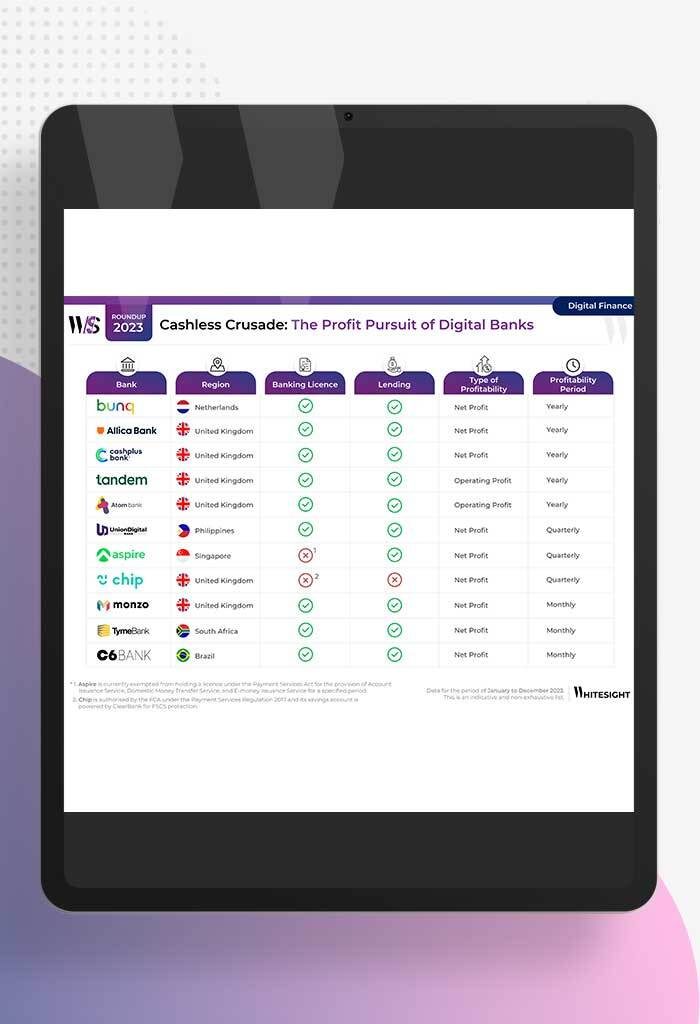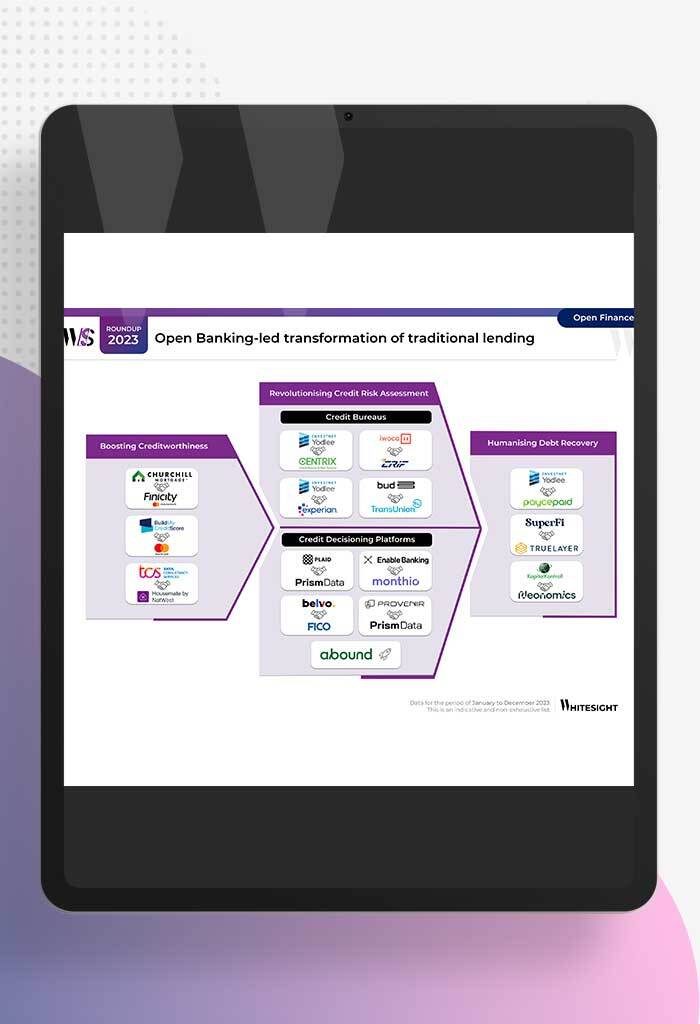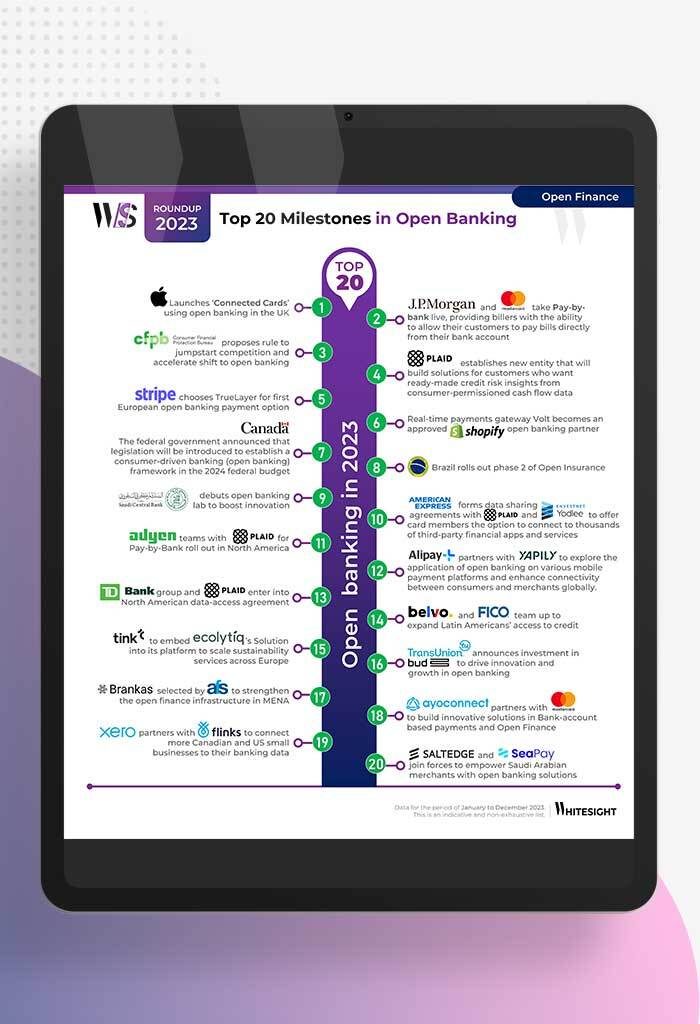To C or Not To C: G20’s Regulatory Stance on Crypto
- Sanjeev Kumar and Kshitija Kaur
- 4 mins read
- Digital Assets, Insights
Table of Contents
To C or Not To C: G20’s Regulatory Stance on CryptoThe idea of decentralized currency has grasped everyone’s curiosity ever since its inception. A groundbreaker in the making, these digital currencies have started to shift the gears of how transactions, asset-classes, and investments are viewed through a never-done-before lens. Albeit there are a sea of possibilities to set sail on, the underlying apprehensions around anonymous transactions and the prospect of such a transformation falling into the wrong hands are equally brewing in the background.Bitcoin’s illicit ties with transactions on the dark web and facilitating payoffs for ransomware attacks, mixed with the concerns about cryptocurrencies affecting the monetary sovereignty of governments, have elicited polarized responses from authorities across the globe. This comes with its fair share of governments imposing certain regulations and laws in order to maintain a fundamental long-term result for the industry as a whole. The foundation of the current regulatory stance for crypto rides on four pillars:1. Central Bank Digital Currencies (CBDCs), a digital form of a country’s official currency.2. Transactional Use of Crypto, that signifies the everyday use-cases of crypto for transactions.3. Asset Exchanges, where crypto is traded and held for investments and speculation purposes.4. Initial Coin […]
This post is only available to members.
Already a subscriber? Log in to Access
Unlock this blog
Gain exclusive access to this blog alone.
Radar Subscription
Select a membership plan that resonates with your
goals and aspirations.
Not Ready to Subscribe?
Experience a taste of our expert research with a complimentary guest account.
We publish new research regularly. Subscribe to stay updated.
No spam.
Only the best in class fintech analysis.
Related Posts
- Kshitija Kaur and Sanjeev Kumar
From Data Streams to Enriched Data Fountains Remember the early days of plumbing? Water flowed freely, but its quality was...
- Samridhi Singh and Sanjeev Kumar
North America’s Open Sesame: Use Cases Bloom Open banking has garnered significant attention in recent years, and at Whitesight, we’ve...
- Samridhi Singh and Sanjeev Kumar
Profitability Unlocked: Licences, Service, and Survival The rise of digital banks has sparked a paradigm shift in how we perceive...
- Sanjeev Kumar and Risav Chakraborty
High stakes in the gambling sector The online gambling industry is booming, with a projected market size of $107.3B by...
- Sanjeev Kumar and Risav Chakraborty
Open Banking-led Transformation of Traditional Lending In 2023, a wave of innovation swept through the lending industry, thanks to several...
- Sanjeev Kumar
Unmasking Open Banking’s Game Changers in 2023 2023 has been a pivotal year in the world of open banking, marked...
